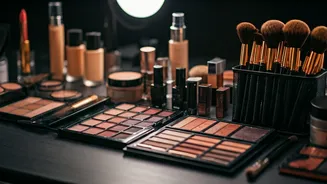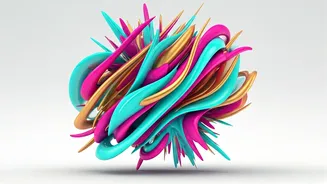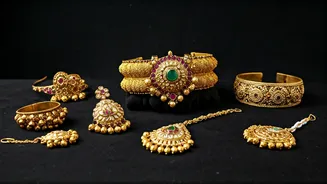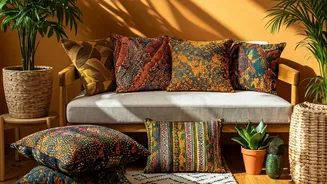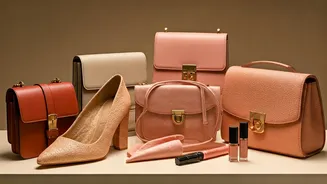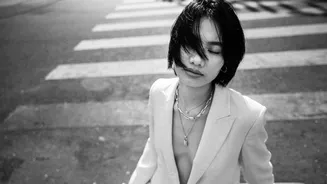Cornrows: Braided Legacy
Cornrows, a hairstyle rooted deep in African heritage, are characterized by their intricate braided patterns, close to the scalp. These braids, which have
existed for centuries, serve as more than just a hairstyle; they act as a canvas for creativity and self-expression. Historically, cornrows indicated various social aspects, including age, marital status, and religious beliefs, providing an intricate means of communication within communities. The styles varied widely from region to region, reflecting the unique traditions and identities of different African cultures. Over time, cornrows have transcended their traditional roles and have been adopted globally, featuring prominently in contemporary fashion, art, and music. The modern-day cornrow styles have evolved to include diverse designs and techniques, proving their enduring appeal and adaptability. From basic rows to complex patterns incorporating beads, extensions, and various designs, cornrows remain a versatile and powerful form of self-expression, continuing to evolve while retaining their connection to their African roots.
The Bantu Knots: Twisted Tales
Bantu knots, which are also known as Zulu knots, stand out with their small, coiled buns that sit atop the head. This traditional African hairstyle, which is characterized by its twisted or coiled structure, carries a significant history, symbolizing identity and cultural belonging. Bantu knots are believed to have originated among the Zulu people of Southern Africa. They have since spread throughout the continent and the diaspora. The knots serve as a protective style for the hair and, at the same time, reflect the wearer’s cultural connection. The versatility of Bantu knots allows for variations in size, placement, and design, offering a medium for artistic expression. Bantu knots have made a strong resurgence in contemporary fashion, having been worn by celebrities and fashion enthusiasts. This surge of popularity shows a broader appreciation for cultural heritage and the adaptability of traditional hairstyles in a constantly changing global landscape. The Bantu knots have not only become a fashion trend but also a symbol of empowerment, allowing wearers to celebrate their roots and express their personal style.
Fulani Braids: Golden Threads
Fulani braids are instantly recognized by their intricate patterns, including braids that frame the face, often combined with a central braid and adorned with beads or cowrie shells. This distinctive hairstyle, rooted in the nomadic Fulani people of West Africa, carries a rich history intertwined with cultural identity. Traditionally, Fulani braids were and still are a way for women to show their beauty, social status, and marital status. The specific patterns and adornments used in the braids can communicate important information about the wearer's background and place within the community. The inclusion of beads, shells, and other decorative elements adds to the visual appeal and cultural significance of the hairstyle. Fulani braids have become a significant trend on a global scale. This hairstyle can be seen everywhere from fashion runways to everyday street style. This broad appeal of Fulani braids demonstrates the universal appreciation for African beauty and the enduring impact of traditional hairstyles on modern trends.
Locs: Sacred Strands
Locs, also known as dreadlocks, are a hairstyle formed by the natural matting or locking of hair. Locs have a long and sacred history rooted in various African cultures and religious practices. For some communities, locs are a symbol of spirituality, resistance, and connection to the earth, representing a rejection of imposed societal standards. The method of forming locs varies; some people allow their hair to naturally lock, while others use techniques like twisting, coiling, or interlocking. The length, thickness, and style of locs can vary greatly depending on personal preference, hair type, and cultural practices. This makes the hairstyle a versatile and highly personal form of expression. Locs have become increasingly popular worldwide, seen on people of different races and backgrounds. This growing acceptance is part of a larger trend toward celebrating natural hair and embracing diverse forms of beauty. Locs continue to evolve, with new styles and techniques that are regularly created.
Ghana Weaving: Woven Wonders
Ghana weaving, also known as banana braids, is characterized by its tightly woven braids that are usually braided close to the scalp in a cascading pattern. This iconic style has its roots in West Africa. It offers both style and practicality, being a protective hairstyle that is easy to manage. The origins of Ghana weaving trace back to various ethnic groups, including the Akan people of Ghana, where it was, and still is, a common practice for women to wear braids. Ghana weaving can be customized to suit different hair types and preferences, offering various patterns, thicknesses, and lengths. This makes it a flexible and adaptable hairstyle suitable for various occasions. Today, Ghana weaving is not only popular within African communities but has also gained wide acceptance in global fashion, showing the global appreciation for protective and beautiful African hairstyles. The hairstyle's ongoing popularity is a testament to its beauty, cultural significance, and enduring ability to evolve and stay relevant in modern fashion.


